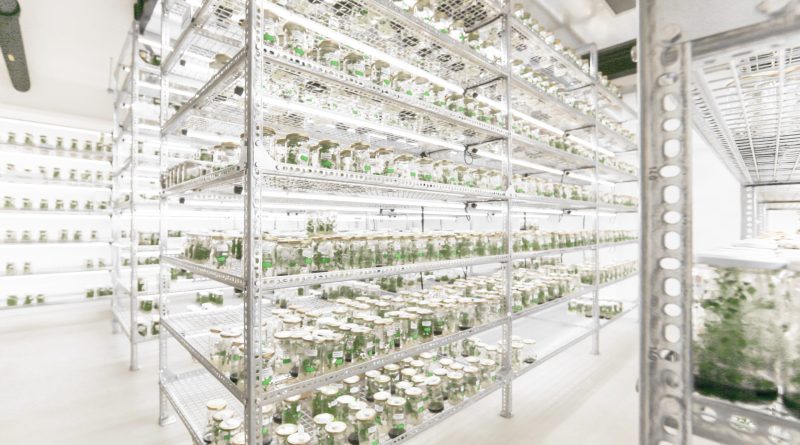Transitioning from HPS to LEDs: A Step-by-Step Guide
For decades, High-Pressure Sodium (HPS) lamps have been the backbone of indoor and greenhouse cultivation. However, advances in LED technology are fast transforming the environment. LEDs provide substantial advantages over HPS, encouraging many growers to explore switching. This step-by-step tutorial will give you the information you need to make a seamless transition from HPS to high-quality horticultural LEDs.
Understanding the Benefits of LEDs
The fundamental advantage of LEDs is their efficiency. LEDs convert a far higher percentage of electrical energy into useful light than HPS, resulting in significant energy cost savings, which is critical for any grower. Additionally, LEDs produce substantially less heat. While HPS lamps contribute to the total temperature in a grow room, LEDs create very little heat, reducing the load on cooling systems and saving HVAC costs.
High-quality horticultural LEDs emit a more focused light spectrum, favoring wavelengths critical to plant growth and development. This tailored method encourages faster growth, larger yields, and better overall plant quality. It certainly doesn’t hurt the fact that LEDs have a longer lifespan than HPS lamps, which reduces maintenance expenses and the frequency of light replacements.
Planning Your LED Transition
Before diving headfirst into LEDs, careful planning is essential. Here are the key steps involved:
Evaluate your current lighting setup: Measure the size of your grow space and the current light intensity (PPFD) provided by your HPS system. This information will be crucial when selecting new LED fixtures.
Research LED options: Not all LEDs are created equal. Focus on reputable manufacturers offering horticulture-specific LED grow lights. Consider factors like light spectrum, PPFD output, coverage area, and fixture efficiency (μmol/J). The RX-series by Valoya is a high-power, dimmable LED luminaire specially designed for greenhouses, rooms, chambers and HPS hybrid.
Consult a lighting specialist: A specialist can provide guidance on selecting the appropriate LED fixtures to achieve your desired light intensity and coverage for your specific crop and grow space. They can also help with considerations like light penetration, hanging height, and potential layout adjustments. For instance, companies like Valoya assist you in selecting the optimal LEDs for research applications and your crops and cultivation needs and provide expert installation support.
Making the Switch
Once you’ve chosen your LED grow lights, it’s time to make the physical transition:
Prepare your grow space: Depending on the chosen LED fixtures, you may need to adjust your existing hanging system or install new tracks or trusses. Ensure proper ventilation and consider potential adjustments to your HVAC system due to the reduced heat output of LEDs.
Install your LED grow lights: Follow the manufacturer’s instructions for proper installation and positioning of the LED fixtures. Ensure even light distribution across your grow space.
Adjust your irrigation and nutrient schedule: LEDs can affect plant transpiration rates. Monitor your plants closely and adjust your watering and nutrient regimen as needed.
Optimizing Growth with LEDs
After making the switch, some additional considerations are crucial for optimal results:
Monitor light intensity (PPFD): Use a PPFD meter to measure light levels throughout your grow space regularly. Adjust the height of your LED fixtures as needed to maintain the desired PPFD for your specific plants and growth stage.
Environmental monitoring: Closely monitor temperature, humidity, and VPD (Vapor Pressure Deficit) within your grow space. LEDs generate less heat, so adjustments to your existing ventilation or dehumidification systems might be necessary.
Observe plant response: Pay close attention to your plant’s growth patterns and overall health. LEDs can sometimes lead to stretching, so monitor plant height and adjust light intensity or photoperiod if needed.
Transitioning from HPS to high-quality horticulture LEDs is a strategic investment. While an initial upfront cost may be involved, the long-term benefits of LEDs make them a compelling choice. By following these steps and carefully monitoring your grow space, you can ensure a smooth transition and unlock the full potential of LED lighting for exceptional plant growth and yield.

